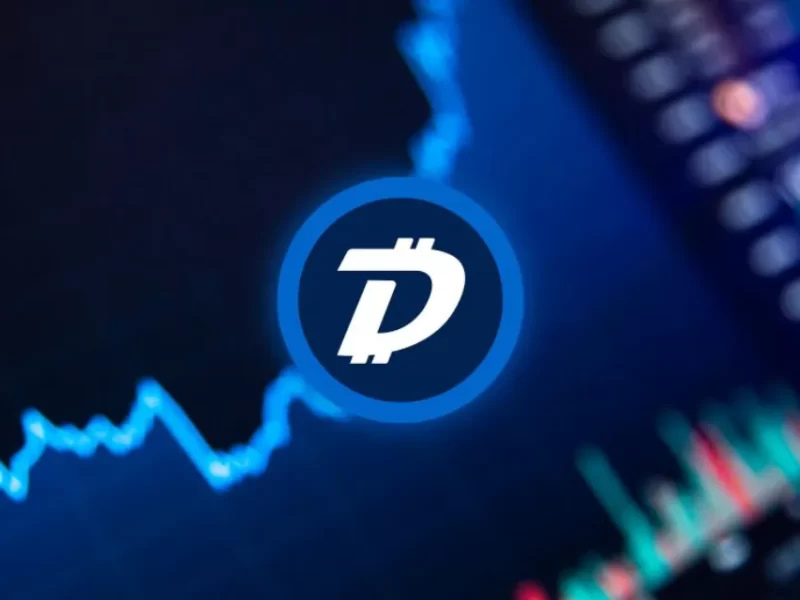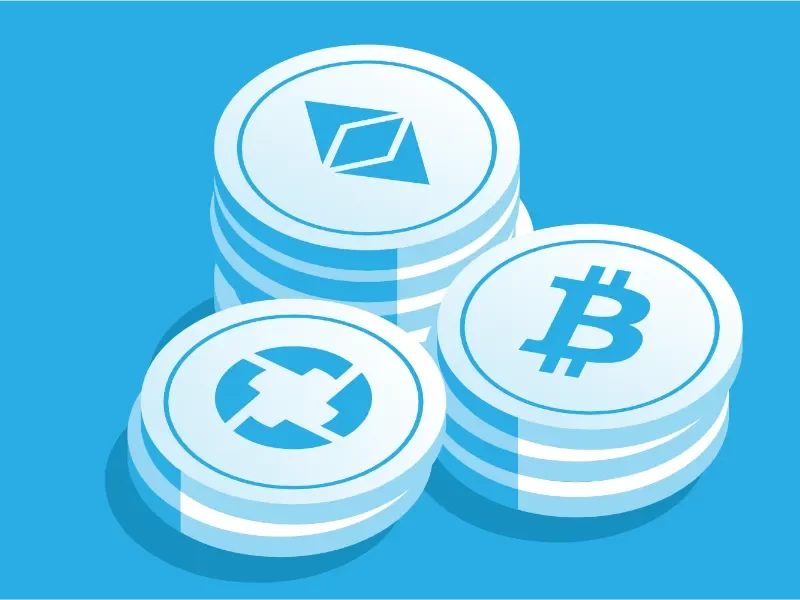Staking and yield farming are two methods of using your cryptocurrency holdings to generate passive income, and a yield farming protocol usually focuses on maximizing returns.
In this article, we will contrast yield farming with. staking in order to better understand how they work, their associated risks and benefits, and which strategy could better fit your goals.
What is Yield Farming?
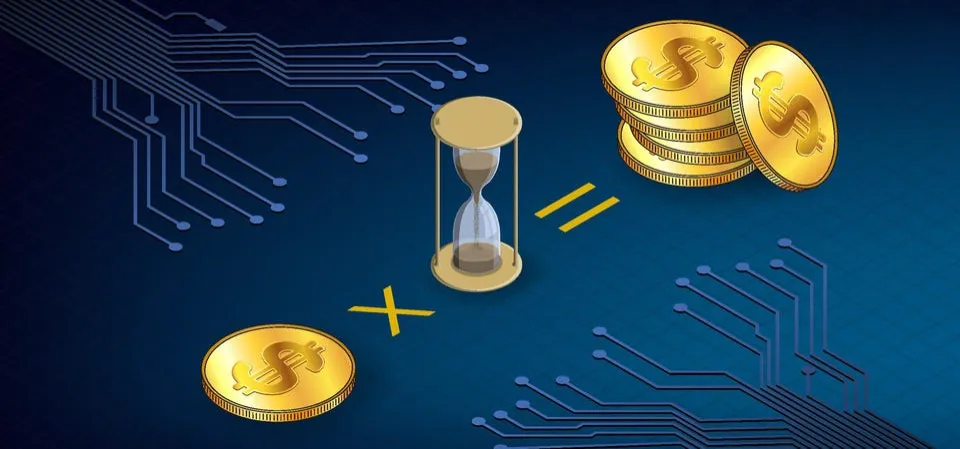
Using your cryptocurrency holdings to generate cryptocurrency is known as yield farming. It has drawn analogies to farming because it’s an innovative way to “grow your own cryptocurrency.” The procedure entails lending cryptocurrency assets to DeFi platforms in exchange for interest, which then locks them up in a liquidity pool, which is essentially a smart contract for holding money.
The money that is kept in the liquidity pool is used to support a DeFi protocol by providing liquidity for lending, borrowing, and trading. By providing liquidity, the platform generates fees that are distributed to investors in proportion to their share of the liquidity pool. Liquidity mining and yield farming are related terms.
For AMMs, or automated market makers, liquidity pools are crucial. Instead of the conventional system of sellers and buyers, AMMs provide permissionless and automated trading using liquidity pools. To track each liquidity provider’s unique contributions to the liquidity pool, liquidity providers are given LP tokens, also known as liquidity provider tokens.
For instance, a trader must pay a fee to exchange Ethereum (ETH) for Dai (DAI). The liquidity providers receive this fee in proportion to the amount of liquidity they contribute to the pool. The rewards increase with the amount of capital added to the liquidity pool.
Yield Farming: Advantages
You might lend digital assets like Dai as a yield farmer through a DApp like Compound (COMP), which lends coins to borrowers. The level of demand affects how much the interest rate changes. You receive fresh COMP coins, which have a potential for appreciation in value, as payment for the interest that is accrued daily. The most well-known DeFi yield farming protocols, such as Compound (COMP) and Aave (AAVE), have contributed to the growth of this market segment.
You can effectively earn more cryptocurrency by yield farming rather than just keeping your cryptocurrency in a wallet. Transaction costs, token rewards, interest, and price growth are all ways that yield farmers can make money. Since you don’t need to buy expensive mining equipment or pay for electricity, yield farming is also a cheaper alternative to mining.
Smart contracts or the deposit of several different tokens onto a cryptocurrency platform can be used to implement more complex yield farming strategies. The main goals of a yield farming protocol are typically return maximization, liquidity management, and security.
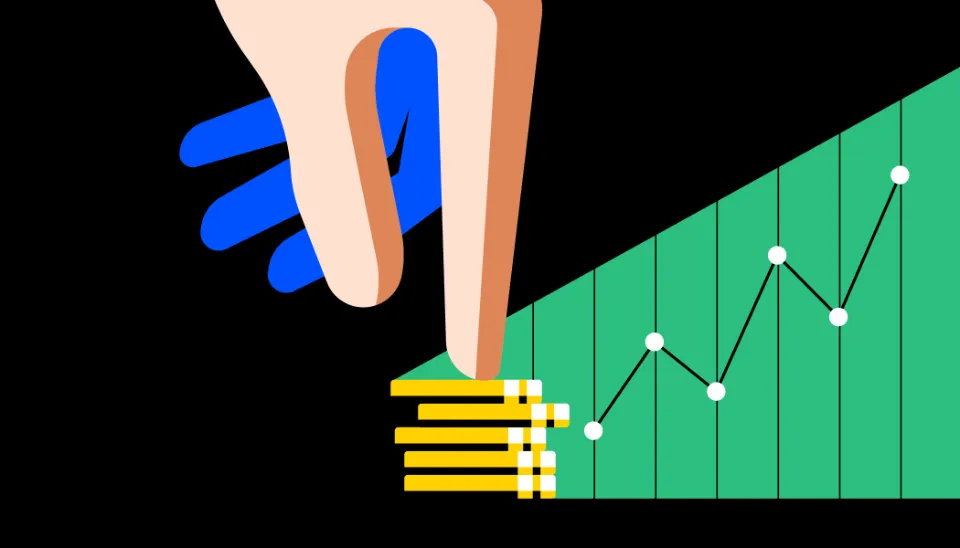
What is Staking?
Staking is the process of committing your cryptocurrency assets to a blockchain network in order to support it and take part in transaction validation. Networks based on the proof of stake (PoS) consensus algorithm use it. While awaiting the distribution of block rewards, investors receive interest on their investments.
Because they don’t need a lot of computing power to validate new blocks, PoS blockchains use less energy than proof of work (PoW) blockchains like Bitcoin. Instead, a PoS blockchain uses nodes—servers that process transactions—to validate transactions and serve as checkpoints. “Validators” are users on the network who set up nodes, are randomly chosen to sign blocks, and receive rewards for doing so.
Because crypto exchanges frequently allow investors to provide their crypto assets, the network handles the node setup and validation process, so you might not even need to understand the technical aspects of setting up a node. Examples of brokerages that provide this service include Binance, Coinbase, and Kraken. In January, Kraken announced that its users had staked more than $1 billion in cryptocurrency on the platform.
Since PoS consensus relies on ownership, a fair initial setup is necessary to distribute coins among the validators in order for the protocol to function properly. By using a reliable source or burn proof, you can accomplish this. Proof of stake is safe and completely decentralized once staking has begun and all nodes are in sync with the blockchain.
A blockchain network’s defense against attacks is ensured by staking. A blockchain network becomes more decentralized and secure as more stakes are added to it. Stakeholders might experience higher returns than those who invest in other financial markets because they are rewarded for upholding the network’s integrity. The stability of networks may change over time, so there are risks associated with staking as well.
How DeFi Impacts Staking?
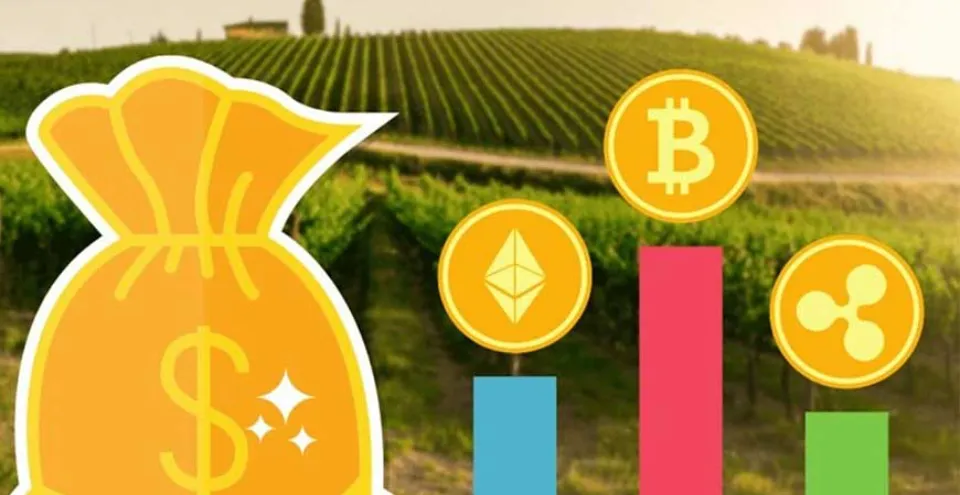
Decentralized finance, or DeFi, is a catch-all term for financial applications that use blockchain networks to eliminate the need for middlemen in transactions.
By issuing a loan, the bank, for instance, serves as an intermediary when you obtain a loan today. Through the use of smart contracts, which are essentially computer code that executes based on predetermined conditions, DeFi seeks to eliminate the need to rely on such an intermediary. The main objective is to lower the costs and transaction fees connected to financial products like borrowing, saving, and lending.
Investors who are participating in DeFi should take a few extra precautions when it comes to staking. These include:
- Considering the security of the DeFi platform
- Evaluating the liquidity of staking tokens
- Looking into whether or not rewards are inflationary
- Diversifying into other staking projects and platforms
Because DeFi platforms are decentralized and thus less prone to security breaches than conventional finance applications, they are frequently more secure than those latter. With a number of well-known projects, including Polkadot and The Graph, you can stake tokens. Ethereum is also making the switch from PoW to PoS validation, which means that staking will be used to confirm all network transactions.
Yield Farming Vs. Staking: What’s the Difference?
When choosing between yield farming and other options, you might be curious about which is better suited for the typical investor. staking? Since both involve holding a certain number of crypto assets in order to make money, yield farming and staking have a lot in common.
Staking is viewed as a component of yield farming by some investors. While the terms “yield farming” and “staking” are sometimes used interchangeably, there are distinct ways in which they differ. Here are the main distinctions.
Complexity
A comparison of yield farming vs. staking, staking is often the simpler strategy for earning passive income, because investors simply decide on the staking pool and then lock in their crypto. As investors choose which tokens to lend and on which platform, with the potential to continuously switch platforms or tokens, yield farming, on the other hand, can be labor-intensive.
A pair of coins must be deposited in sufficient numbers in order to provide liquidity as a yield farmer on a decentralized exchange (DEX). These could include high volume stablecoins or specialized altcoins. Following that, rewards are given based on the amount of liquidity deposited. Even though switching between yield farming pools frequently necessitates additional gas costs, it frequently pays off well. Therefore, active management can be more advantageous for yield farming than staking. The highest yielding farmers approach maximizing returns in this manner.
In the end, yield farming is more difficult than staking, but if you have the time, resources, and expertise to handle it, you might see higher returns.
Risk Levels
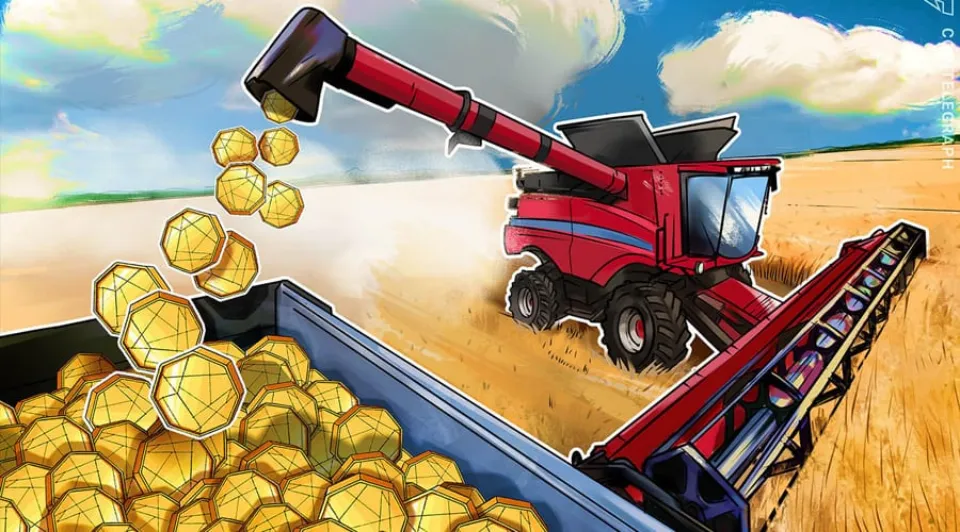
Yield farming is often practiced on newly created DeFi projects, which can be highly risky if “rug pulls” occur. By intentionally removing assets from liquidity pools, shady developers are referred to by this phrase.
There is always a chance that even smart contracts created by skilled developers could contain flaws or errors. According to a survey, 40% of yield farmers are unable to read smart contracts and are unaware of the risks involved.
Staking is an appealing option for users who are new to DeFi because it requires little upfront investment. A PoS network that has been around for a while makes rug pulls less likely.
Both yield farming and staking carry some volatility risk. When token values suddenly fall, both yield farmers and stakers may lose money. When your collateral is no longer sufficient to cover your investment, there is also a risk of liquidation.
Even though yield farming offers a higher yield than staking, risk-averse investors might be more likely to favor staking. staking strategies. Due to the potential for transaction fees to accumulate and reduce returns, the risks may be higher. Both strategies run the risk of asset depreciation, which means that if the market unexpectedly turns bearish, you could lose your money.
Impermanent Loss
Investors who engage in yield farming run the risk of suffering temporary loss as a result of price swings since the cryptocurrency was first deposited. You would have been better off holding those tokens rather than adding them to the liquidity pool, for instance, if you deposit money into it and the cryptocurrency goes up in value. If the value of the cryptocurrency you’re holding declines, you might also incur this loss. Impermanent loss, on the other hand, does not apply to staking.
Profitability
Risk can also lead to reward in any situation. Weighing risk and reward when making financial investments is crucial, just as jumping off the Eiffel Tower for an adrenaline rush might not be a good trade-off (at least not without a parachute and a knowledgeable lawyer).
When comparing yield farming vs. staking is the passive income investors can gain from staying invested. More can be invested in and grown the more returns are received. Albert Einstein once called compound interest the “eighth wonder of the world” because of the potential for outsized gains from this phenomenon.
Annual percentage yield, or APY, is a typical metric for returns. In comparison to yield farming, traditional exchange staking usually has more consistent APY returns. Staking rewards typically range from 5% to 14%.
A new project or strategy, for instance, can yield significant profits for yield farmers who get involved early. According to CoinGecko, returns can range from 1% to 1,000% APY. These tactics carry more risk, though.
Duration
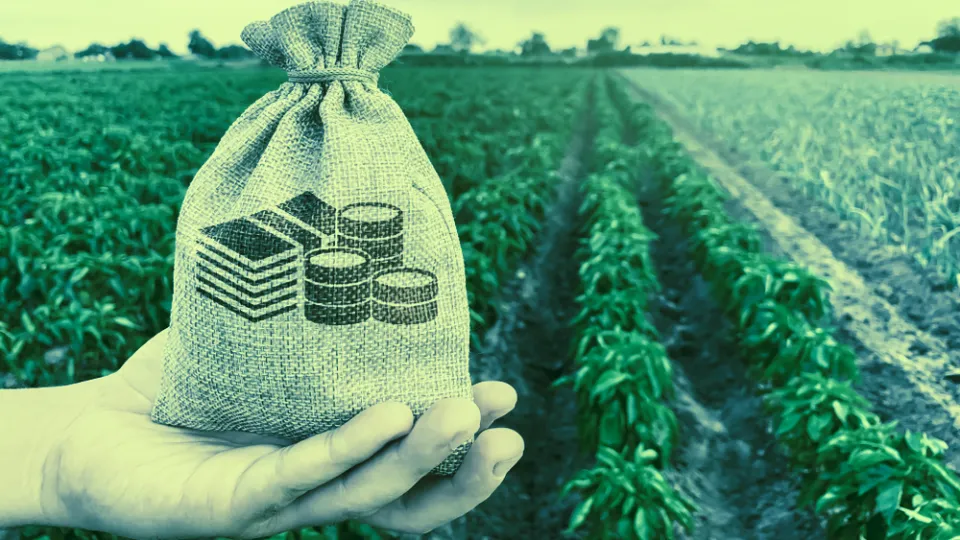
In contrasting yield farming vs. staking, the winning strategy is clear. When investors decide to lock in their money for extended periods of time, staking offers higher returns (or APY). However, investors are not required to lock in their money when engaging in yield farming.
Inflation
PoS tokens are assets that experience inflation, and any yield paid to stakers is composed of newly created token supply. Staking your tokens at least entitles you to rewards that are proportionate to the amount staked and are in line with inflation. If you don’t stake, the value of your current holdings declines due to inflation.
Transaction Fees
The comparison of yield farming vs. staking, gas fees can certainly be a significant concern for yield farmers who are free to switch between liquidity pools, but have to pay transaction fees in the process. Even if they find a higher return on another platform, yield farmers must account for any switching costs.
As opposed to a PoW blockchain network, a network does not require its stakeholders to solve computationally challenging math problems in order to mine rewards. As a result, staking is less expensive up front and requires less upkeep.
Security
In particular, if a smart contract’s code contains bugs, yield farming based on more recent DeFi protocols may be more susceptible to hackers. Because stakers are a part of the strict consensus process used by the underlying blockchain, staking is typically more secure. Any system-trickery attempt could actually cost the perpetrators the money they bet.
Is Yield Farming Still Profitable?
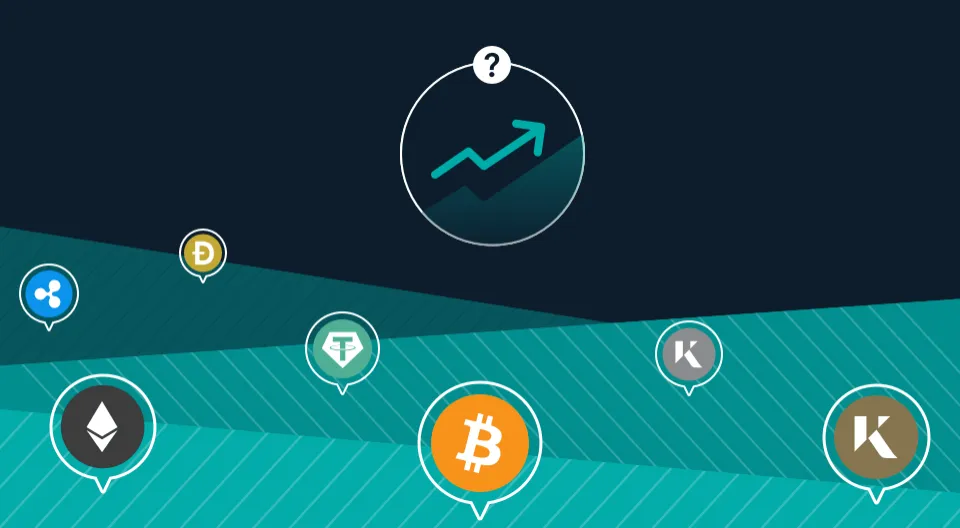
Many investors are unsure if yield farming is still a successful tactic in light of the current crypto winter and predictions about when the next crypto bull run will happen. The simple truth is that, as cryptocurrencies and DeFi gain popularity, it has become increasingly challenging to make sizable profits in a reasonably short amount of time. This is true unless, of course, you choose to engage in margin trading, which has its own set of risks and rewards.
Even in 2023, some yield farms will be able to offer APYs of up to 3,000%, and APYs of over 100% will still be prevalent. (A savings account at a typical centralized bank offers an average annual percentage yield (APY) of just 0.22%, so yield farming is a remarkably alluring alternative.)
Although the total value locked (TVL) in yield farming protocol’s isn’t as high as it was during the “DeFi summer” of 2020, it remains above $6 billion, a clear indication that yield farming is still an avenue for profit generation in 2023—even during the current crypto bear market.
Despite the possibility of a very high ROI, it’s crucial to keep in mind that yield farmers must be cautious about any potential risks.
Is Yield Farming Better Than Staking?
It really depends on your viewpoint and investing priorities, including whether or not those priorities are focused on short- or long-term investing, whether you should be yield farming or staking.
Because staking enables investors to generate rewards right away during transaction validation, it can be a desirable option for investors with a shorter time horizon. A PoS coin like Cardano (ADA), for instance, can be mined using staking, and doing so entails no additional risk beyond that of simply owning Cardano. While there may be a higher expected return with an active yield farming strategy, there is also a higher risk involved. Additionally, yield farming doesn’t require locking up your money if you’re looking for liquidity. On platforms with high APYs, you can attempt to make a profit.
The potential for yield farming to become a profitable long-term investment is fairly high. Yield farming is a great way to diversify your portfolio because nothing is locked in place for a specific amount of time and you can switch between platforms and tokens in an effort to find the best yield. But you must watch out for gas costs to make sure they don’t cancel out your profitable returns.
How actively you want to manage your investments will probably also influence whether you choose yield farming or staking. Staking may be less lucrative, but there are also fewer risks involved. Staking is more secure in the long run, but yield farming has the potential to be more profitable.
The Bottom Line
As a whole, we anticipate that this comparison of yield farming vs. staking has been useful for you. When compared to methods used in other financial markets, staking and yield farming are still relatively new passive income strategies. Sometimes, the two words are used synonymously, and staking might even be viewed as a part of yield farming. Holding cryptoassets is a prerequisite for both passive income models, and both enable investors to benefit from the decentralized financial ecosystem.
While yield farming may call for some tactical maneuvering to maximize profits, staking may be a more intuitive concept to grasp. The return rates on both products can be very alluring. Depending on your level of investor sophistication and what’s best for your portfolio, you should choose between yield farming and staking.
FAQs
Is Yield Farming Better Than Staking?
It is dynamic and constantly varies in response to market circumstances. Most of the time, yield farming offers a higher return than staking, even if it is risky. The rates aren’t fixed in yield farming. Users can be certain of their earnings at the end of the staking period because staking offers fixed APY.
Is Yield Farming Riskier Than Staking?
The outcomes for cryptocurrency investors have improved as a result of both yield farming and staking. Particularly yield farming is incredibly profitable, but only if you’re willing to take the risks involved. On the other side is staking, which offers a consistent income stream with a minimal risk of loss.
Is Yield Farming Still Profitable?
Yield farming can be very profitable for you if you’re willing to take on the risk and have a sizable investment.


